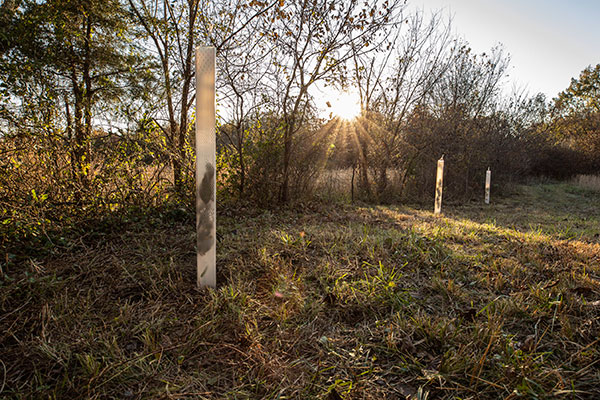Planting Trees, Establishing Futures
Nothing puts the future into perspective better than the past. Hindsight allows us to assess what we would have done differently, what we would do again, and just how quickly time passes. When we’re young, adulthood seems so far away, but once we reach it and start raising youngsters of our own, we gain a better understanding of and appreciation for how necessary the steps we take in the present are to our future.
Planting a tree is a lot like raising children. Both need more care and nurturing early on, and the amount and type we provide affect how quickly and successfully they become established. We’re helping them build a stronger foundation for the future. Results are often slow in coming, but if we do it right, we make the world a better place for the next generation and those to follow.


What It Means to Establish a Tree
The definition of “establish” is to make something start to exist or happen on a firm basis. We begin by planning–attention must be given to ensure the tree species selected is appropriate for the local plant hardiness zone in which it will be planted. Identifying optimal micro-climates within the area is also important, as open, elevated areas receive more sunlight and are warmer. At the same time, bottomland pockets can trap cold air and impede plant growth. Soil type and structure must be considered as the right type will retain enough moisture to slowly release it to the tree rather than draining away quickly or remaining saturated too long.
Next comes the actual planting process. The soil needs to be prepared by loosening to allow room for root growth, especially when planting bare root stock. Water is critical during the establishment phase; if your tree is not getting enough from the environment, it needs more. Eliminating competition for moisture and soil nutrients by removing weeds around the planting area and installing weed mats or mulch encourages growth.
Our tree is planted but not established until its root system effectively takes up soil moisture and nutrients and consistently produces new growth. Then, while it may need additional attention from time to time, our youngster is essentially on its own and able to provide for itself. It has put down roots and established a firm foundation for the future.
The Goal of Establishing a Tree
So why go to all that trouble? A short answer might be to attract wildlife or provide shade or fruit. But the honest answer is far more involved. Trees are the ecosystem’s natural filters. They absorb and store air-borne pollutants and greenhouse gasses like CO2, providing cleaner air for us to breathe and slowing the process of a changing climate. They remove pollutants and sediments from rainfall and then gradually release clean, filtered water in waterways and aquifers, preventing harmful run-off and erosion and giving us a healthy source of drinking water. They provide homes for an array of wildlife so that they and the species that inhabit them increase environmental biodiversity.
Last but not least, they improve our mental and physical health. In addition to the benefits mentioned above of cleaner air and water, research has shown that time spent in nature can decrease anxiety and depression, which can’t be said for raising children. In the final analysis, planting trees is a lot easier, but in both cases, if done right, the long-term benefits far exceed the investment.


